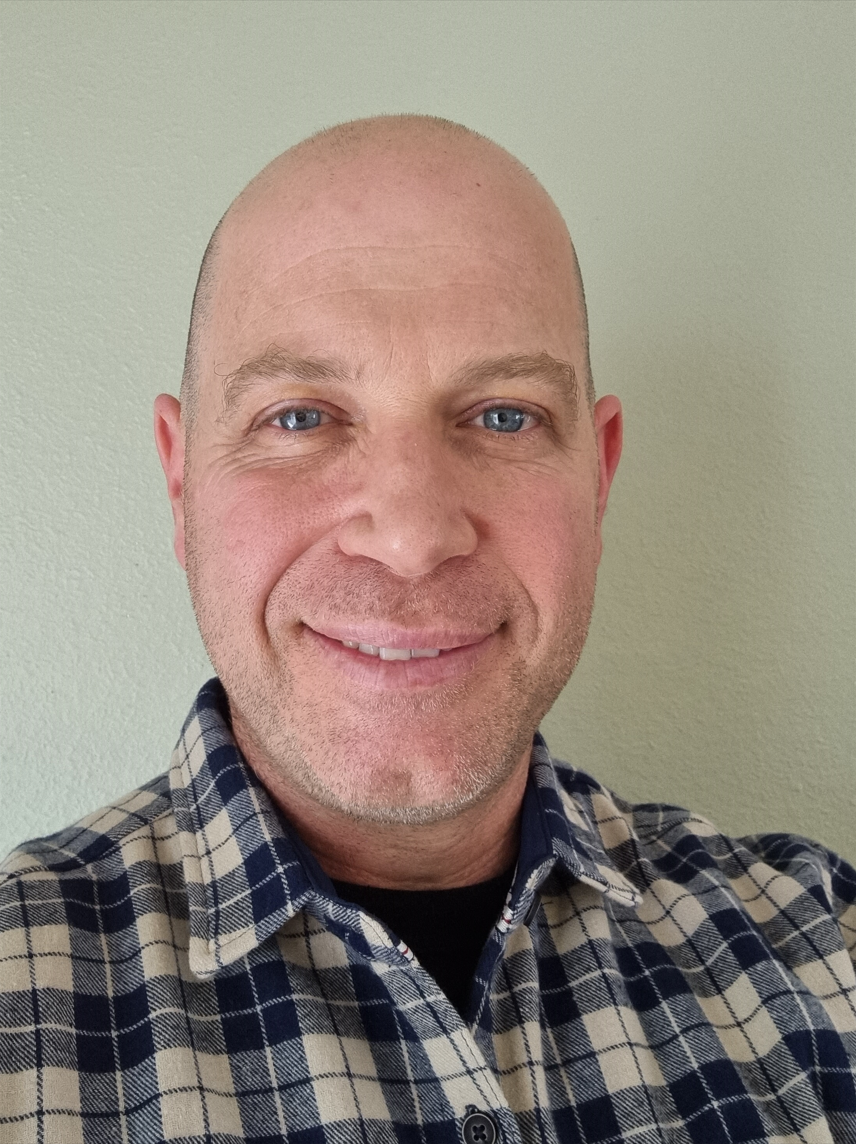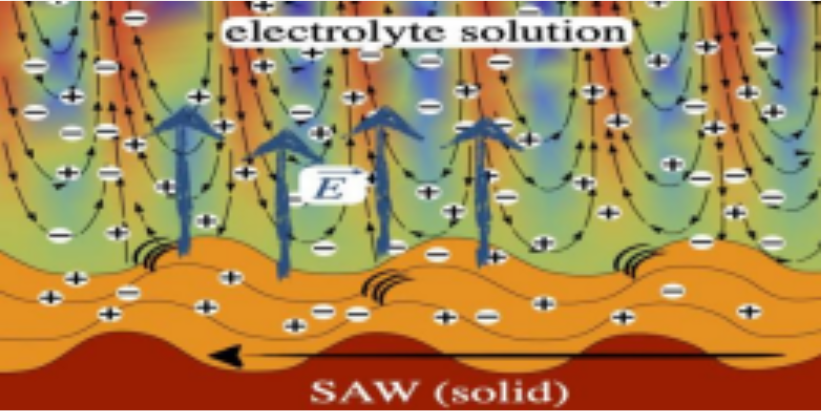Ofer Manor
Technion - Israel Institute of Technology
Seminar Information
Engineering Building Unit 2 (EBU2)
Room 479

Electrical double layers (EDLs) of ions are a surface phenomenon. They appear at the interface between charged surfaces and electrolyte solutions and are one of the most fundamental and abundant mechanisms in nature. They give rise to the complexity of biology and to life as well as to countless industrial processes and products from water desalination to shampoo.
Steady and quasi-steady measurements of EDL properties are commonplace. However, the EDL Debye length, measured in nanometers, and the intrinsic ion relaxation time through the EDL’s Debye length, measured in nanoseconds, have made measurements of ion dynamics inside isolated transient EDLs elusive. A previous theory [1] suggests that dynamic measurements of EDLs are possible by using a high frequency mechanical excitation.
We show in expeirment a strategy to capture EDL ion dynamics by imposing a field effect––an evanescent mechanical wave––in an electrolyte solution, which is generated by a MHz-frequency surface acoustic wave (SAW) in a neighboring substrate; the evanescent wave appears at similar length and time scales to the ones of ion motion in the EDL. The EDL and evanescent wave—existing at the same space and time—become entangled. Ions in the EDL diffusive layer undergo dynamic mechanical vibrations at the SAW frequency and support a same frequency leakage of AC (alternating) electrical field off the EDL that we measure. Moreover, a SAW excitation frequency comparable to the inverse of an ion relaxation time supports electro-mechanical ion resonance. The latter maximizes the ion mechanical vibration and the magnitude of the electrical field leakage, rendering ion-specific relaxation times measurable and giving the intrinsic rate of EDL charge and discharge by specific ions. [2]

Figure 1. Positive (+) and negative (–) ions vibrate in an electrical double layer (EDL), which emanates from a solid substrate that supports a MHz-frequency traveling surface acoustic wave (SAW). The SAW dynamically perturbs ion positions, resulting in the leakage of an electrical field off the near-equilibrium EDL, where red and blue indicate fast and slow advective ion motion within the evanescent SAW viscous penetration length in the solution [3].
[1] O. Dubrovski and O. Manor, Langmuir, 2021, 37,14679–14687
[2] S. Aremanda and O. Manor, J. Phys. Chem.C, 2023, 127, 20911–20918
[3] O. Manor, L.Y. Yeo, and J.R. Friend, J. Fluid Mech., 2012, 707, 482–495
Dr. Ofer Manor is an Associate Professor at the Department of Chemical Engineering, Technion – Israel Institute of Technology, Haifa. He is a Marie Curie Fellow and a recipient of the Henri Gutwirth Research Award. Dr. Manor’s interests are at the interface of transport and surface phenomena. Currently, the Manor’s group is using theory and experiment for studying:
• Colloidal (nanoparticle) self-assembly near surfaces for designing colloidal structures
• Interactions between surface acoustic waves and the electrical double layer of ions near charged surfaces
• Interactions between acoustic waves and thin liquid films (coating, mixture separation, flow in porous media, cavitation).
Dr. Manor received his BSc diploma from the Wolfson Department of Chemical Engineering at the Technion in 2003. He then accepted an engineering position at Rafael Ltd. (2003-2007) while obtaining his MSc diploma (thesis in the field of fluid mechanics) at the Technion in 2006. Dr. Manor received his PhD diploma (thesis in the field of Colloid Physics) at The University of Melbourne, Australia, in 2010, which was followed by postdoctoral fellowships in the field of acoustic flow and microfluidics at Monash University and at RMIT University, Australia. Dr. Manor joined the Technion in 2013, where he has been teaching various courses in the fields of transport phenomena, numerical analysis, and colloid and surface science.
